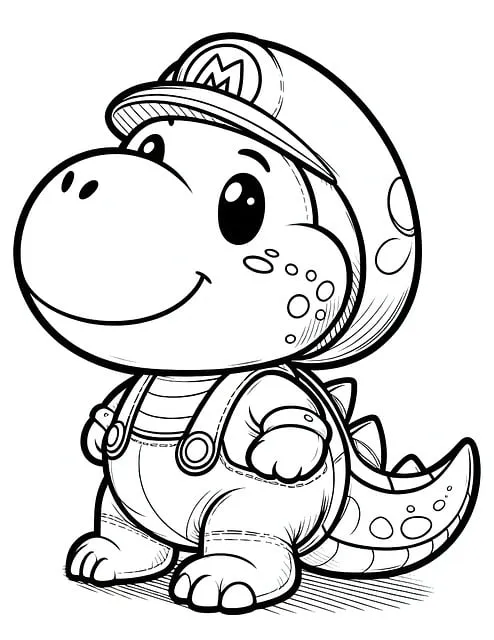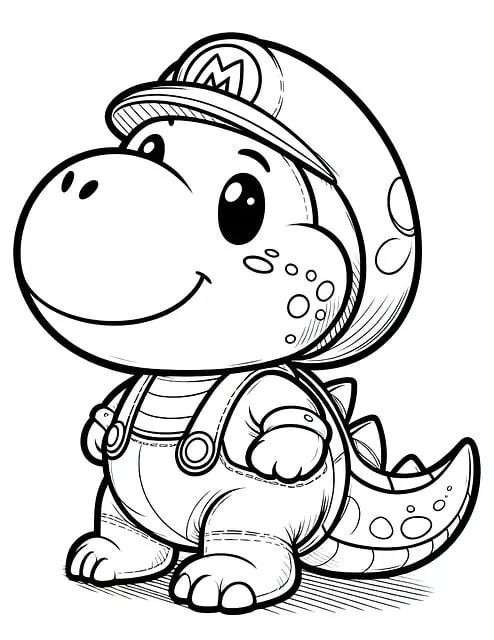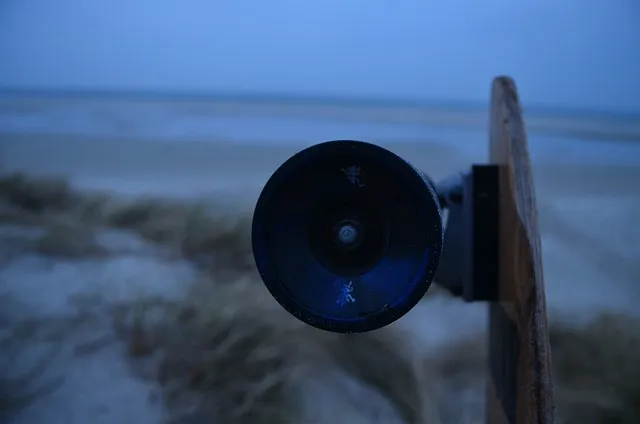For beginners embarking on the longboarding journey, selecting the right equipment is paramount for a positive and progressively challenging experience. A longboard tailored for novices should feature larger wheels (65mm to 80mm) with a soft durometer range (78a to 85a), which offer superior stability, shock absorption, and grip. These characteristics are crucial for newcomers to safely navigate and develop their skills without the intimidation of advanced board features. The deck should be elongated and broader to enhance stability and balance, with a flex that provides comfort and adapts to different weight distributions. Stable trucks with a higher turn angle contribute to smoother, more controlled turns, allowing for effective fine-tuning of turning technique. For maintenance, regular checks for wear and tear, proper cleaning, and lubrication are essential to maintain optimal performance and extend the life of the wheels. Beginner-friendly longboards like the 'Loaded Icarus' and 'Sector 9 Lookout' incorporate these features, making them excellent choices for those looking to enjoy longboarding safely and effectively. Whether you're cruising on campus or carving in the park, a well-maintained longboard with the right setup will ensure an enjoyable and rewarding experience as you advance your longboarding skills.
Embarking on the journey of longboarding can be both exhilarating and daunting. For novices, selecting the right gear is crucial for an enjoyable and safe experience. This article delves into the advantages of larger, softer wheels for beginners, ensuring a smoother ride over varied terrains. We’ll explore the ideal longboard features, types of wheels, and their sizes that cater to newcomers. Additionally, maintenance tips will help you keep your wheels in peak condition. Whether you’re navigating city streets or cruising through parks, this guide offers top recommendations for Beginner-friendly longboards, equipping you with the knowledge to make an informed choice.
Understanding Longboards: The Ideal Longboard for Beginners

When embarking on the journey of longboarding, selecting the right equipment is paramount for a smooth learning curve and an enjoyable experience. A longboard for beginners should embody features that cater to novices looking to master the basics without overwhelming them with complexity. Typically, these boards are characterized by their larger wheel sizes which offer a more forgiving ride over varied terrain. The deck, or platform of the board, is usually longer and wider compared to shorter skateboards, providing greater stability and balance for those new to the sport. Additionally, beginners benefit from softer wheels that absorb shock and reduce the likelihood of skidding, making it easier to gain confidence and develop skills at a steady pace.
The ideal longboard for beginners also features a mildly flexible deck, which adds comfort underfoot and allows for some degree of forgiveness when navigating minor imperfections in the pavement. This flexibility also contributes to a more predictable ride, as the board can bend slightly with the rider’s weight distribution, offering a responsive feel that is conducive to learning. Furthermore, these longboards often come with trucks designed for stability; their higher angle of turn makes for a smoother initiation of turns, allowing beginners to practice and refine their turning technique without abrupt or jerky motions. By focusing on these aspects, a beginner’s longboard is engineered to be user-friendly, encouraging newcomers to embrace the sport with ease and enthusiasm.
Key Features to Look For in a Starter Longboard

When selecting a longboard for beginners, it’s crucial to consider several key features that will enhance your learning experience and set you up for progression. The deck, or the board itself, should be both stable and comfortable for newcomers. A longer and wider deck provides greater stability, reducing the risk of falls as you get accustomed to longboarding. Maple wood construction is a robust choice that offers a good balance between flexibility and durability, ensuring the deck can withstand the trials of learning without compromising on comfort.
Wheels are another pivotal component for beginners. Larger wheels, typically ranging from 65mm to 75mm, offer a smoother ride over various terrains and absorb shock better than smaller wheels. A softer durometer, usually around 78a to 80a, is recommended for its ability to grip the road well without being too hard, which can lead to a harsher ride. This combination of size and softness ensures a more forgiving experience, allowing beginners to focus on their technique rather than managing an overly harsh or unpredictable ride. Additionally, bearings that are ABEC-7 or higher will contribute to a smoother glide and better performance. Considering these features will help you find a longboard for beginners that is well-suited to your skill level and provides a solid foundation for growth in the longboarding discipline.
Wheel Types and Sizes: Finding the Right Balance for Your Ride

When selecting wheels for your longboard, particularly as a beginner, understanding wheel types and sizes is crucial to finding the right balance for your ride. Longboards are designed for stability and speed, making the choice of wheels even more significant. Soft wheels generally offer better grip and shock absorption, which is ideal for beginners who are still honing their balance and confidence on the board. They perform well on a variety of surfaces and can handle minor imperfections with ease. The diameter and durometer (hardness) of the wheel play pivotal roles in your longboarding experience. Larger wheels, typically ranging from 65mm to 80mm, offer increased roll speed and are less prone to getting stuck on debris or cracks in the road. They also tend to handle bumps better, ensuring a smoother ride. On the other hand, smaller wheels, usually around 50mm to 65mm, provide more grip and are often preferred for technical maneuvers and freeriding. The durometer rating, which measures wheel firmness in ‘A’, with softer wheels being higher on the scale, impacts traction and ride comfort. A beginner might start with a durometer between 78a to 85a for a good balance of speed, control, and comfort. It’s important to experiment with different sizes and hardnesses to find the perfect combination that suits your style of longboarding, whether you’re cruising around town or carving on country roads. Remember to consider the wheel lip shape as well, which affects how the wheel interacts with the road surface and can influence the overall stability and performance of your longboard. By carefully selecting your wheels based on the intended use and personal preference, you can significantly enhance your riding experience and ensure a safe and enjoyable journey on your longboard for beginners.
The Benefits of Larger, Softer Wheels for Novice Longboarders

Larger, softer wheels offer several advantages for novice longboarders looking to enhance their experience on the board. Unlike harder wheels that provide greater rebound and speed, softer wheels absorb more impact from rough surfaces and cracks, which are common in the learning process. This absorption capability minimizes the risk of losing control or experiencing discomfort, making the ride smoother and more stable for those just starting out. The larger diameter of these wheels also contributes to a more gradual acceleration, which can be beneficial for beginners who are still mastering their balance and coordination. It allows them to take in their surroundings better and react more effectively to environmental changes.
Moreover, the softer wheels provide better grip on various surfaces, including wet or slippery ones, which is crucial for new longboarders who are yet to fully understand how to control their speed and direction. The increased contact patch of larger wheels also enhances traction, reducing the likelihood of wheel bite and providing a more predictable ride. For beginners, this means they can focus on improving their skills without worrying about losing control due to unexpected wheel behavior. Additionally, the choice of softer wheels for longboards designed for beginners is often accompanied by a lower center of gravity, which further contributes to stability and confidence as riders progress.
How to Maintain and Care for Your Beginner Longboard Wheels

For those embarking on the exhilarating journey of longboarding, maintaining and caring for your beginner longboard wheels is crucial for an optimal riding experience. To preserve the integrity and performance of your wheels, start by regularly inspecting them for any signs of wear or damage. Look out for cracks, flat spots, or excessive grooving, as these can affect the wheel’s durability and rolling efficiency. Washing your wheels with mild soap and water after each ride will prevent dirt and debris buildup, which can impede smooth rolling and shorten wheel life.
When not in use, store your longboard wheels in a cool, dry place away from direct sunlight to prevent premature aging or drying out of the urethane material. Lubrication is another key aspect of maintenance; apply a high-quality skateboard wheel lubricant sparingly to the bearings and wheels’ contact points to ensure they remain smooth and responsive. Adjusting your trucks regularly to the correct stance will also alleviate unnecessary stress on your wheels, extending their lifespan. Remember to rotate your wheels periodically to prevent uneven wear, ensuring a consistent ride for your longboarding adventures. By following these maintenance tips, you’ll keep your beginner longboard wheels in top condition, enhancing both the longevity and enjoyment of your longboarding hobby.
Top Longboard for Beginners Recommendations: A Guide to Quality Picks

When venturing into the realm of longboarding, selecting the right board is crucial for a smooth learning curve. For beginners, the key attributes to look for in a longboard are stability, ease of use, and a comfortable ride. A well-suited longboard for newcomers should offer a generous wheelbase for a stable platform, ensuring a more forgiving ride as skills develop. The deck should provide ample foot space to feel secure while maneuvering. Among the top longboards for beginners, models with soft wheels stand out due to their superior traction and shock absorption, which is particularly beneficial on rougher terrains or when learning to carve and slide. These softer wheels offer a smoother glide over pebbles, cracks, and debris, making the learning process more enjoyable and less prone to falls.
Another important factor for beginners is the durability of the longboard. A robust construction can withstand the wear and tear of a beginner’s inevitable spills and learning bumps. Moreover, a longer deck length offers more stability for those who are not yet comfortable with shorter boards. Recommendations such as the ‘Loaded Icarus’ and ‘Sector 9 Lookout’ are often highlighted for their quality components, including high-rebound bushings that enhance control and responsiveness. These longboards are designed to cater to the needs of beginners, providing a balance between cost, performance, and accessibility. Whether you’re looking to cruise around campus or carve through your local park, these longboards offer an entry point into the world of longboarding with their combination of quality materials and user-friendly features that make learning both fun and safe.
